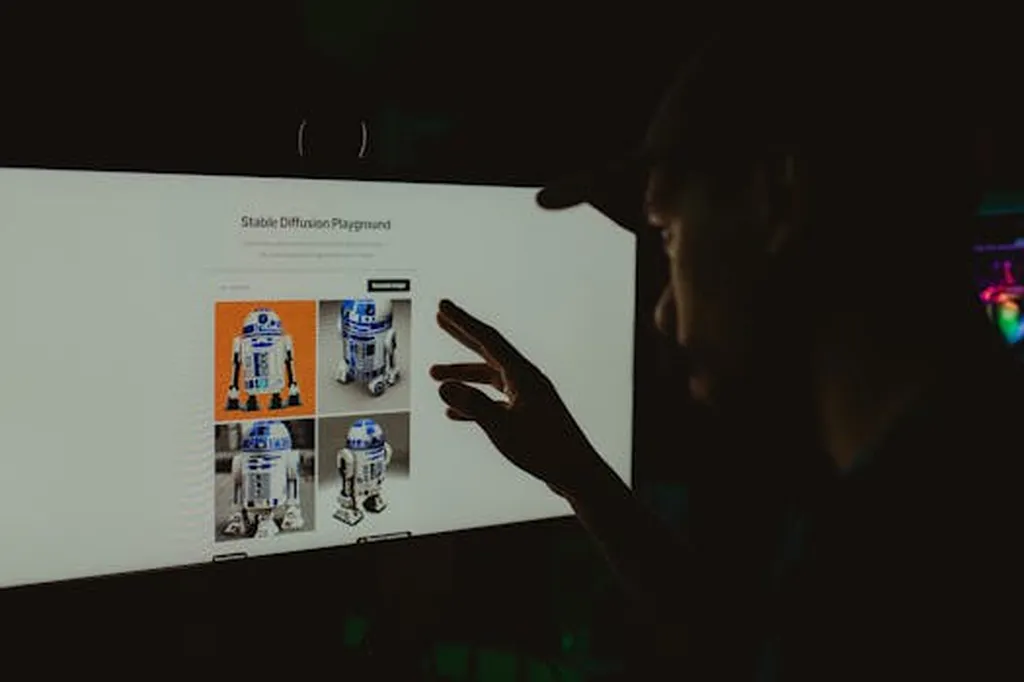In the heart of Brazil’s agricultural landscape, a groundbreaking study is set to revolutionize how farmers monitor and manage water stress in soybean crops. Researchers, led by Caio Almeida de Oliveira from the State University of Maringá, have harnessed the power of hyperspectral spectroscopy and machine learning to detect early signs of drought stress in soybeans. This innovative approach promises to enhance precision agriculture and boost crop productivity, offering a beacon of hope in the face of climate change and water scarcity.
The study, published in the journal *Remote Sensing*, subjected soybean plants to eleven distinct water regimes, ranging from full field capacity to complete desiccation, over a period of 14 days. By measuring seventeen key physiological parameters and capturing hyperspectral data, the team uncovered significant spectral differences between the various water treatments. Principal component analysis revealed that the first two principal components alone could explain 88% of the variance, highlighting the potential of hyperspectral data in monitoring plant health.
“Our findings demonstrate that hyperspectral sensors, when combined with machine learning techniques, can provide a non-destructive, field-deployable solution for early drought detection,” said Oliveira. This technology could transform agricultural management, enabling farmers to intervene before visible symptoms of stress appear, ultimately saving water and increasing yields.
The researchers achieved over 95% accuracy in predicting drought-induced stress using machine learning classifiers like random forest and gradient boosting. Remarkably, they identified a minimal set of 12 spectral bands that could predict both stress levels and biochemical changes with accuracy comparable to traditional laboratory assays. This breakthrough could lead to the development of cost-effective, portable devices for real-time monitoring in the field.
The commercial implications for the agriculture sector are substantial. Precision irrigation systems equipped with hyperspectral sensors could optimize water usage, reducing costs and environmental impact. Furthermore, early detection of stress markers could help farmers make informed decisions about resource allocation, crop rotation, and variety selection, ultimately enhancing productivity and profitability.
As climate change continues to exacerbate water scarcity and erratic weather patterns, the need for innovative solutions in agricultural management has never been more pressing. This research paves the way for future developments in computational intelligence and phenotyping, offering a glimpse into a future where technology and agriculture intersect to create sustainable, resilient farming practices.
With the lead author, Caio Almeida de Oliveira, affiliated with the Graduate Program in Agronomy at the State University of Maringá, this study represents a significant step forward in the integration of spectroscopy and machine learning in agriculture. As the agricultural sector continues to evolve, such advancements will be crucial in meeting the global demand for food while minimizing environmental impact.

